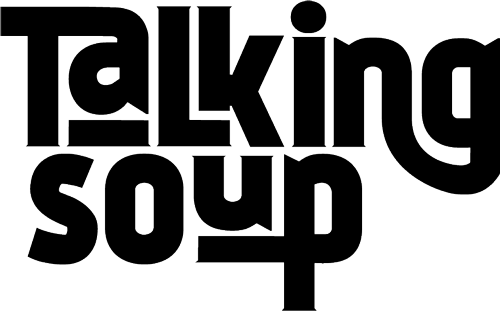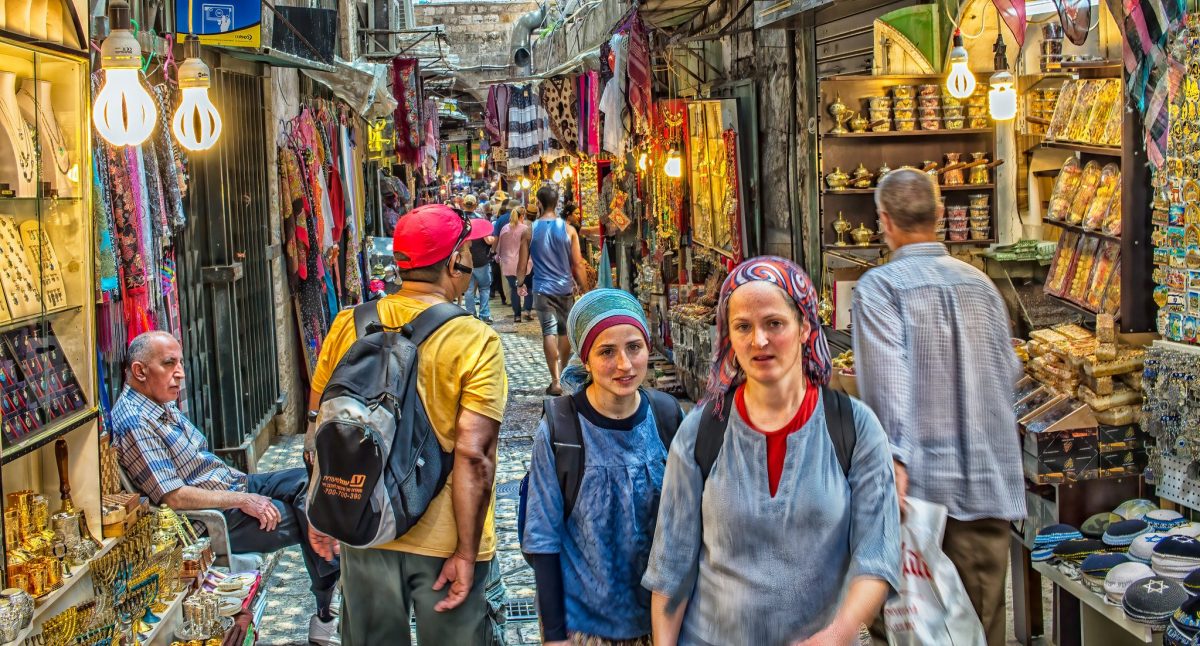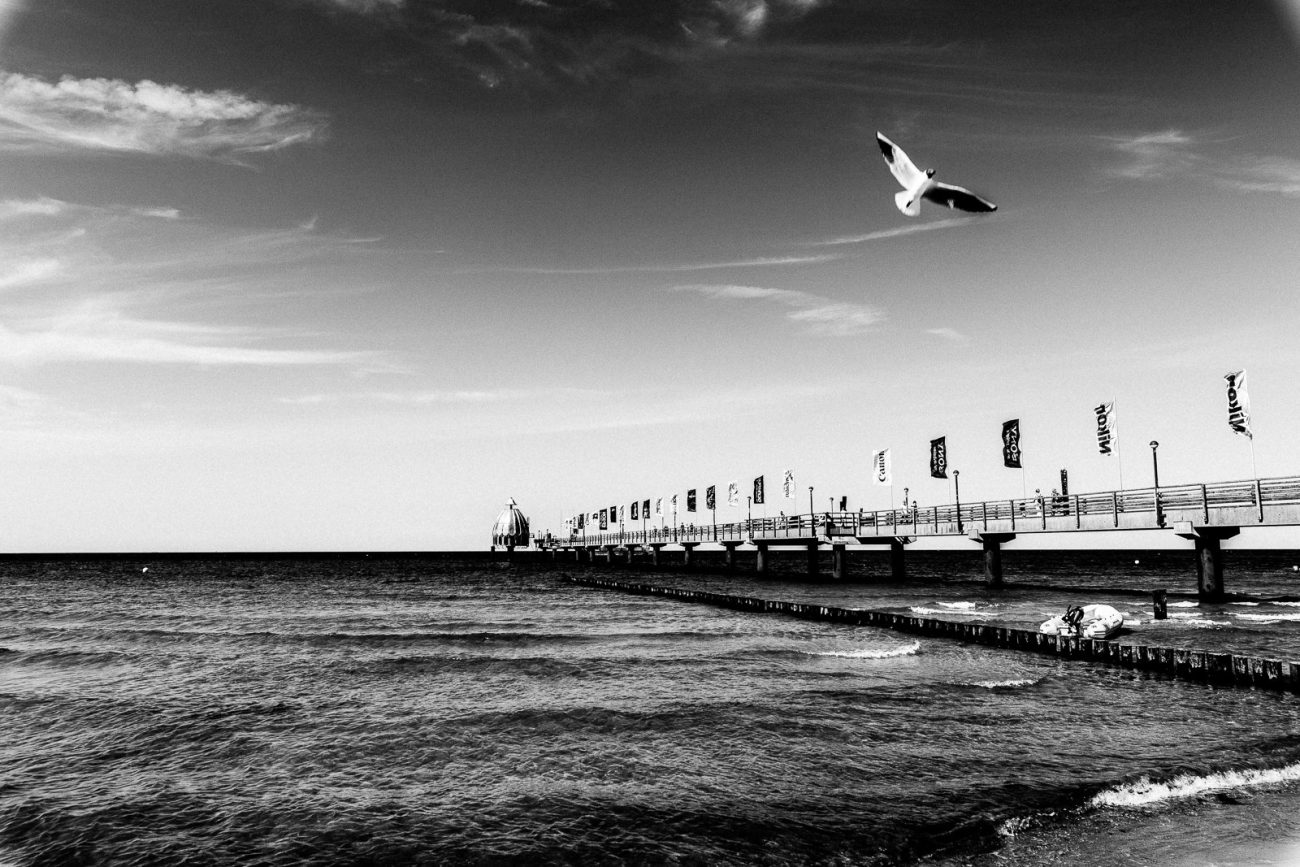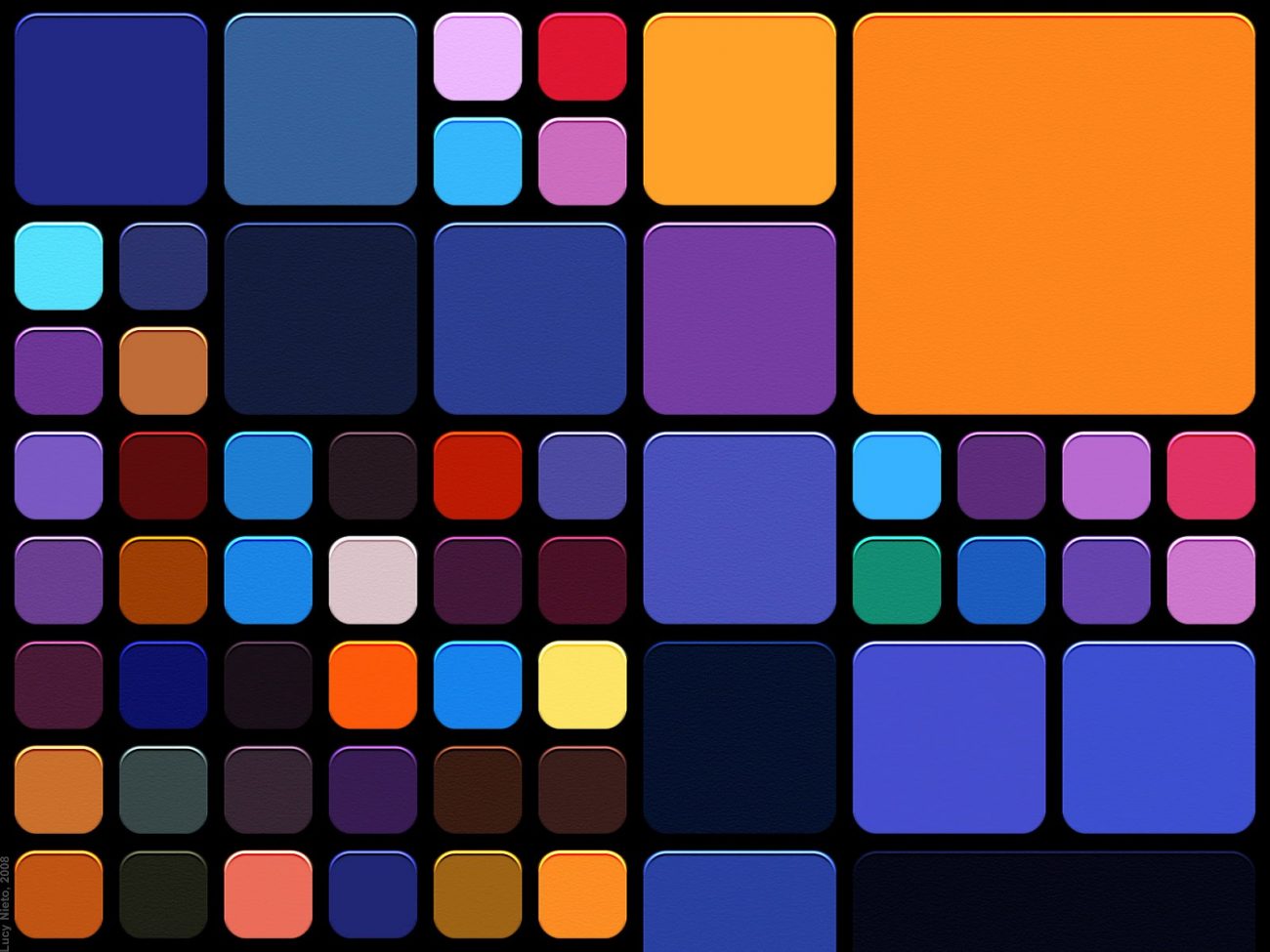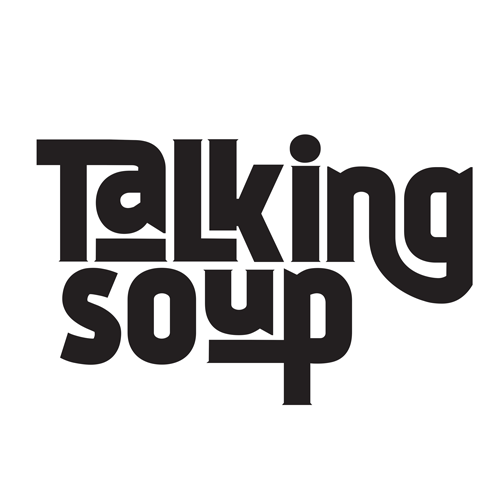There’s something about baking that awakens domestic fantasies in me. As I mix eggs, sugar, oil and flour together, I joke with my sister over Zoom that I should give up my career and embrace the cottagecore housewife life. The cracks begin to show when I realise I don’t own a rolling pin.
After some experimentation with various cylindrical objects lying around (including a bottle of sunflower oil and a roll of tin foil), I discover a drinking glass works best as a substitute. Then, as I try and fail to pinch the circles of dough into triangular pockets for holding jam, the dream disintegrates along with the pastry.
‘It won’t stick together!’ I wail, ‘It’s just sticking to my fingers!’
My sister, who is in every way but age more of an adult than me, suggests I use more flour. It works, insofar as I get something that vaguely resembles a triangle and mostly keeps the jam inside. I declare the lumpiest one the most beloved of my children, as it reflects the imperfections of my soul. If, as the poet has said, ‘there is a crack in everything / that’s how the light gets in’, why should that not apply to pastries?
(Because the jam will spill out. Shh, it’s a metaphor.)
Besides, if there’s anything where chaos is an appropriate ingredient, it’s hamantaschen. It’s the traditional pastry of Purim, the most light-hearted and raucous of Jewish holidays. If you know one thing about this holiday, it’s probably how the Talmud tells us to celebrate it by getting so drunk we mix up the names of the hero and the villain of its origin story, the Book of Esther. As with most of our holidays, this story can be summed up as: ‘They tried to kill us. They failed. Let’s eat!’ And one of the things we eat is hamantaschen.

It’s this holiday that my sister and I are observing in our ersatz, COVID-era way. Technology fills not only the distance between us, but also the gaps in our knowledge of our own culture. When I think of a traditional dish, I imagine a recipe being handed down through the generations from mother to daughter, a chain of know-how unbroken by centuries of diaspora. My sister and I are using a recipe I found on Google. That chain of tradition was broken sometime in the past few generations of our family tree.
As I tetris the misshapen triangles on the baking tray and put them in the oven, I wonder who in our family was the last link in that chain. I imagine it was Great-Grandma Channah, from whom I get my middle name. I can picture her somewhere in the Pale of Settlement, at the western edge of the Russian Empire at the turn of the 20th century, in a village whose name has been lost and which probably no longer exists. I picture her with her mother, who might have been called Leah, in a kitchen with a stone floor, heated by a wood stove, arranging pastries like I’m doing now. Perhaps her sister Rebecca is there; or was she her aunt? Reports vary. All I know is that my birth mum remembers visiting an old woman called ‘Aunt Becky’ once, who lived in a single room in the East End and only spoke Yiddish, and that she is where I get my first name from. As I populate the daydream with names I’ve seen in family trees drawn from patchy memory, I remember Sid, who was either Channah’s brother or her uncle. Would he still be living in that village? Or perhaps he’s already left for London, where Channah will follow in a few years’ time.
We were always told how she walked from Russia with nothing but her clothes and two candlesticks. Even as a child I knew enough basic geography to figure she’d had to have taken a boat at some point, but at the time I imagined she’d walked all the way across Europe to the English Channel. She must have walked to Poland at least, because that was where she married Great-Grandpa Samuel. He either had no surname or gave himself a new one when they made it to England, thus making it impossible for his descendants to trace our family tree further back than him. As for the route they took, I imagine they went via Gdansk or another Baltic port, rather than schlepping to Calais to catch the 1910s equivalent of the Eurostar. I don’t know if the bit about the candlesticks was true. I’ve never seen them, but perhaps they were sold along the way or lost in the decades that followed. They were always a part of the legend of Great-Grandma Channah, cross-continental hiker, picking up husbands and losing surnames along the way.
In my image of the kitchen in the nameless shtetl in Russia, the candlesticks are real. They are sitting on the table, ready for the Purim celebrations. Channah and Leah and Rebecca are wearing colourful scarves, folded into triangles and tied around their heads. Everyone in their little village is rushing to be ready before sunset. That night, my great-great-grandfather will be out with the other men, obeying the Talmudic command to get so drunk they can’t tell Haman from Mordecai. They’ll drink vodka or slivovitz, and dance, and sing about tradition and what they’d do if they were rich…
It’s at this point that I realise my daydreams are plagiarising ‘Fiddler on the Roof’. I suppose it makes sense; the 1971 film of that musical was my first point of reference for that disappeared world. Our birth mum would put in the VHS tape for us to watch and tell us ‘That’s where your family came from.’
I don’t know if she ever learned to make hamantaschen. There’s a black-and-white, framed photo of her aged ten or so, rolling out dough on a flour-covered kitchen surface. Her hair is cut short; she used to tell me how her parents would grow out her and her sisters’ thick curls and cut them all off to sell. That photo was one of several she would hang up in each new home she threw herself at, each time she dragged us along on her own desperate, personal diaspora. It’s been over half my lifetime since I left the last of those miserable homes. Now, I’m trying to picture that photo. Specifically, I’m trying to remember the blurry shape of the woman my mum is baking with. She’s silhouetted against the open back door. I don’t believe she’s my grandmother, Joan, though I can’t remember how I came to that conclusion. Perhaps it’s because the scarce photos I’ve seen of her were all posed; she was a model. She died of a sleeping pill overdose, decades before I was born. She’s somehow just as much a figure of myth as Channah; more a cataclysmic event than a person. It’s hard to imagine her covered in flour.

Whether or not our mum knows how to make hamantaschen, or challah, or rugelach, or any of the other things that show up when I google ‘traditional Ashkenazi food’, she had no interest in making them for us. The one exception is her potato fritters. My sister didn’t know they were a Jewish recipe until she made them for her boyfriend, and he called them latkes. I tried making them late last year for Hanukkah. They came out a bit soggy, but it’s hard to mess up fried potato.
That was another faltering attempt to mark a holiday we’d never celebrated as children, with gaps in space and memory filled in using the internet. I learned to pronounce the prayers from a YouTube video, and met up with my sister over Zoom each night to light a menorah I ordered from Amazon. It’s an insubstantial thing, just a sheet of aluminium with a row of holes punched through it for the candles. It was cheap and had fast shipping. One nice touch is that it uses little cups of olive oil instead of wax candles. You only light one on the first night, then two the next and so on. Over the eight nights, the unburned oil turned pink as it oxidised in the air. That accidental bit of alchemy delighted my sister’s boyfriend’s family on the nights we joined them. They’re a large tribe, scattered over several continents; they varied their candle-lighting to accommodate different time zones. ‘Accommodating’ is a good word for that family. I thought I’d be an awkward addition, but it seems I’m just the latest wanderer to be adopted in. I found myself talking about a friend of mine who died a few years back, who once told me I didn’t need permission to call myself Jewish.
‘What a gift they gave you,’ someone replied.
Two months after Hanukkah, I take my hamantaschen out of the oven and discover they’ve expanded to fill the tray. The jam bubbles and erupts from their centres, spilling over and sticking them together. I carve one out from the mass and take a bite. I discover two things simultaneously. One: it is delicious. The pastry is dense and sweet like shortbread, softened by the jam inside. Two: I should have waited before biting in. Turns out jam retains its heat, much like the cheese on pizza. After gulping down a glass of water to soothe my burned mouth, I prize the rest of the hamantaschen apart and stack them on a plate. Seeing them piled up like this, I realise I’ve made far too many to eat myself, at least if I don’t want diabetes.
Luckily, in this time of pandemic, those of us who live alone are allowed one other household as our designated support bubble, to stop us from hallucinating and tearing off the wallpaper and generally becoming a nuisance. My dad and step-mum live a short walk away. Having made the mistake of agreeing to be my support bubble, they’ve volunteered to have my amateur baking inflicted upon them.

As I carry a tinfoil covered plate to their place, I think of Great-Grandma Channah again. I picture her bringing a plate to the home of that mysterious ‘Aunt Becky’, no longer in Russia or Poland but in London. The exact part of the East End where she settled is one of those details I have to fill in myself, so I imagine her living in Spitalfields. Not the spruced-up neighbourhood of cafes, vintage markets, and seven-figure real estate it is today, but a soot-choked slum packed with workers in the rag trade. It was this work that Channah came here for, leaving Poland with her new husband for the opportunity of collecting scraps for making second-hand clothes. It could be I owe my existence to the rag trade. My knowledge of this branch of my family is smudged, unreliable and riddled with lacunae, but at least it exists. The branch who stayed behind is a void.
As I write this, there’s a song I keep coming back to: ‘The Jew in You’ by Daniel Kahn. It’s one of those songs that’s so good I’m angry I didn’t write it first. One line has lived in my head since I first heard it: ‘we schlep around like shackles all the roots from which we grew’. It’s a different take on that chain of tradition, but it’s one that resonates when I look at the heavy, fragmentary tangle I’ve inherited. I don’t know if I’ll ever make sense of that mess of incomplete stories; of Channah, of Joan, of my birth mum, of the friend I lost. But then again, ambivalence about your own identity is also a Jewish tradition. For now, my sister and I weld our own links onto the broken end of that tangled chain. The result is like my hamantaschen: lumpy and aesthetically not quite right. But it is ours.
This article appears in the Spellbinder Summer 2021 edition which can be purchased here.
Cover image courtesy of Ray in Manila via Flickr
Becca Miles is a former biologist turned Creative Writing student, going into her second year at Winchester University. She has performed as a spoken word poet for five years and in 2020 she was published in the poetry collection ‘Steel-Tipped Snowflakes'.
